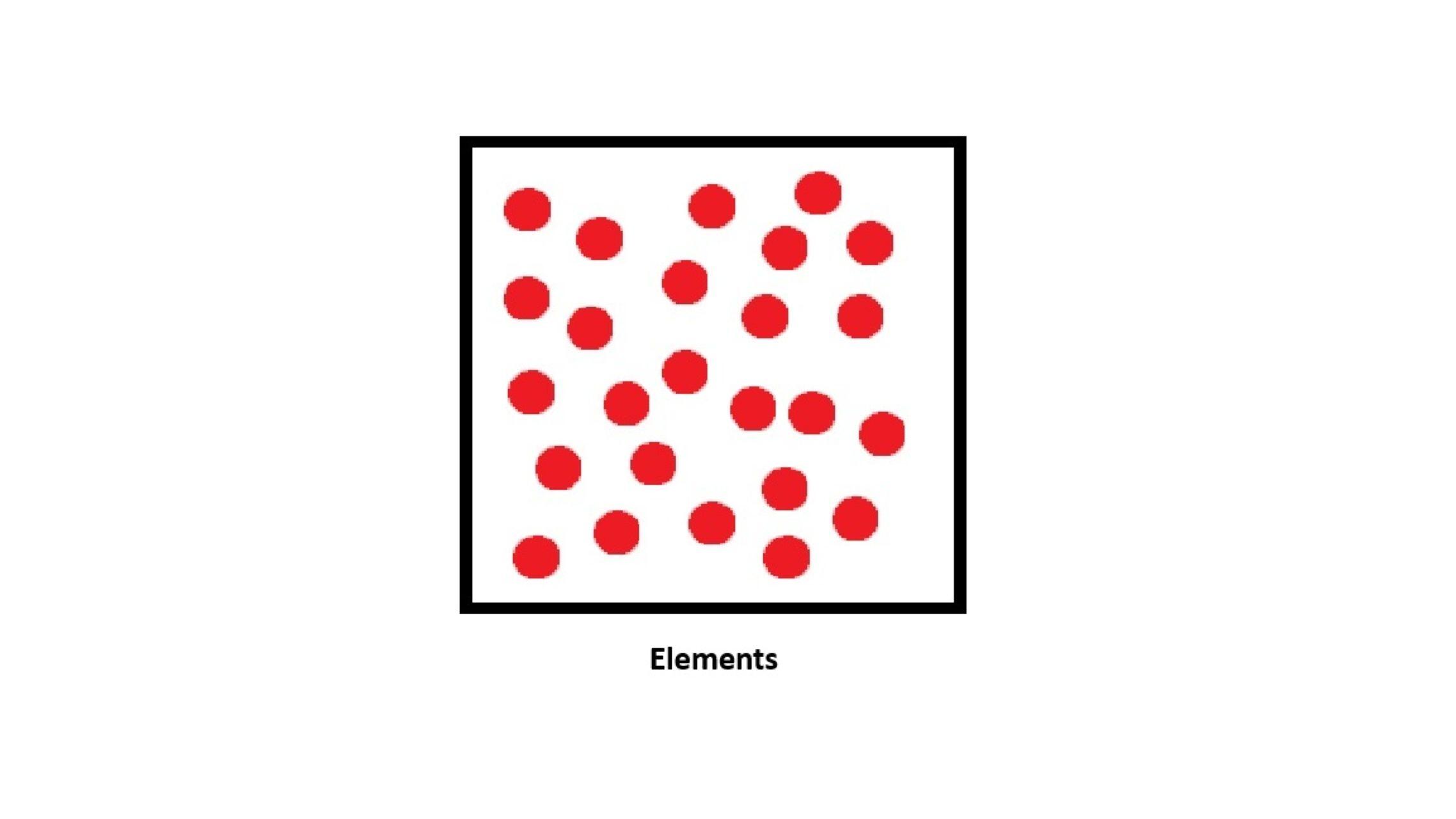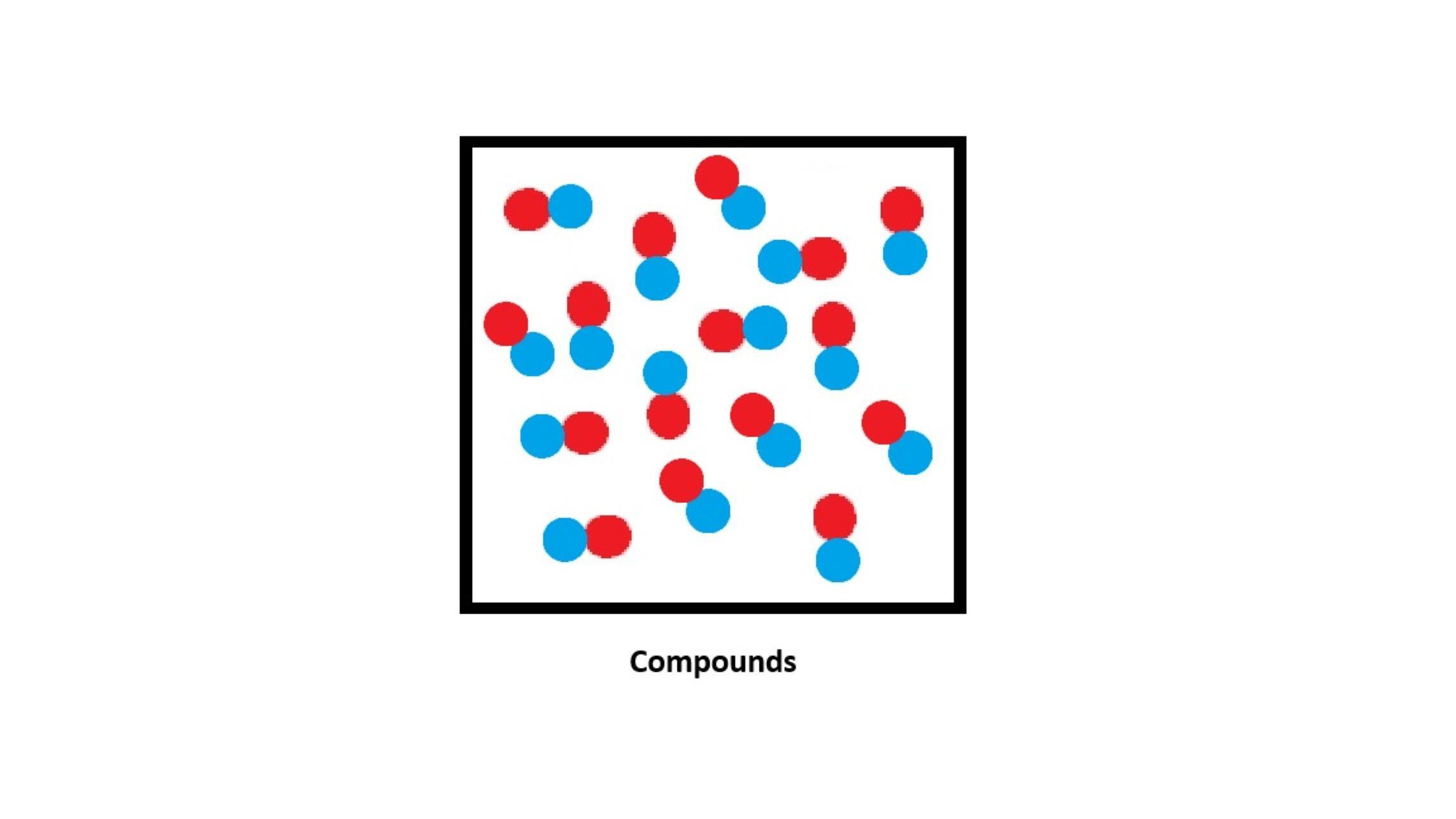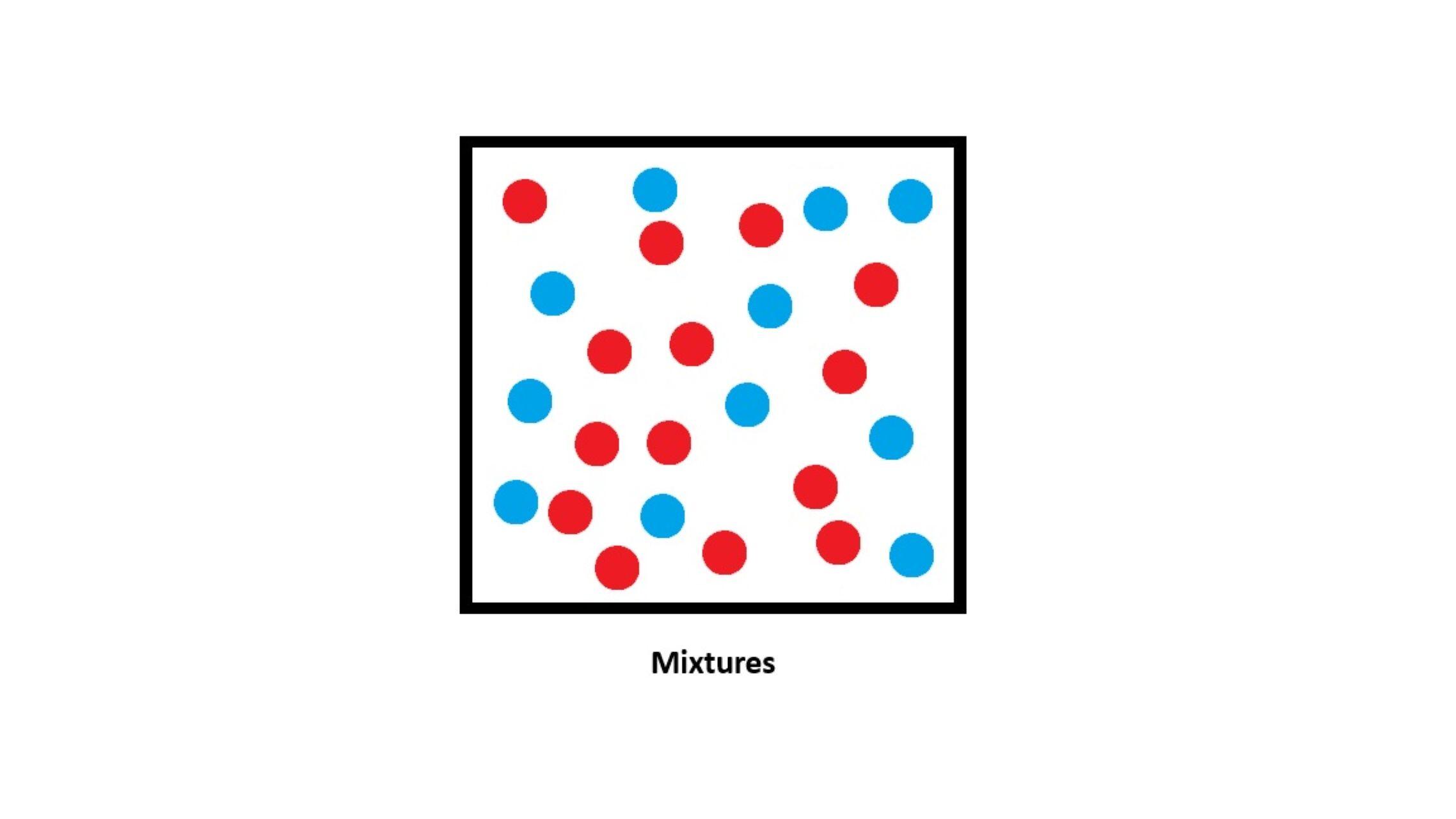Chapters
In chemistry, all substances are either elements, compounds, or mixtures. Understanding the differences between them is a key part of GCSE science.
Key Definitions
An element is made of only one type of atom.
A compound is made when two or more elements are chemically joined together.
A mixture is made when two or more substances are put together without a chemical reaction.

The best Science tutors available
What is an Element?
- An element is a pure substance made of only one type of atom.
- It cannot be broken down into anything simpler by chemical means.
- Each element is identified by its atomic number (the number of protons in its atoms).
Examples:
- Hydrogen (H), Oxygen (O), Nitrogen (N)
- Some elements use two-letter symbols, e.g. Calcium (Ca), Iron (Fe), Sodium (Na).
Elements can be:
- Metals, non-metals, or metalloids (depending on their properties).
- Found in different states at room temperature (most are solids, but some are liquids or gases).

What is a Compound?
- A compound is a pure substance made when two or more elements are chemically joined together.
- Compounds always have a fixed ratio of elements.
- They have different properties from the elements they are made of.
Example:
- Water (H₂O) is made from hydrogen and oxygen.
- Hydrogen and oxygen are gases at room temperature.
- Water is a liquid with completely different properties.
Compounds are represented by chemical formulas, e.g.
- CO₂ = Carbon dioxide (1 carbon atom + 2 oxygen atoms).
- NaCl = Sodium chloride (1 sodium atom + 1 chlorine atom).

What is a Mixture?
- A mixture is made when two or more substances are put together without a chemical reaction.
- The substances keep their own properties.
- The composition can vary (you can have more or less of each substance).
Examples:
- Air (a mixture of nitrogen, oxygen, carbon dioxide, and other gases).
- Salt water (a mixture of salt and water).
Mixtures can be separated by physical methods, e.g. filtration, evaporation, distillation, or magnetic separation.

Key Differences Table
| Feature | Element | Compound | Mixture |
|---|---|---|---|
| Made of | One type of atom | Two or more elements chemically joined | Two or more substances not chemically joined |
| Can it be broken down? | No | Yes – by chemical reactions | Yes – by physical methods |
| Properties | Same as the element itself | Different from elements it’s made of | Keeps properties of components |
| Composition | Fixed (one atom type only) | Fixed ratio of elements | Variable (can change amounts) |
| Example | Oxygen (O₂) | Water (H₂O) | Air |
Conclusion
- Elements are the simplest substances, made of only one type of atom.
- Compounds are substances formed by chemical bonds between elements, with fixed compositions.
- Mixtures are physical combinations of substances, with no fixed ratios, and can be separated.
Understanding the differences between them is an essential foundation for GCSE Chemistry.












Lithium is used in place of Fluorine
Hi Madan. You’re right to point that out – thanks very much for your comment!
amazing side
It’s very educative,I learnt alot thanks ❤️
Was very educative and help. Gave me a broader understanding of the topic